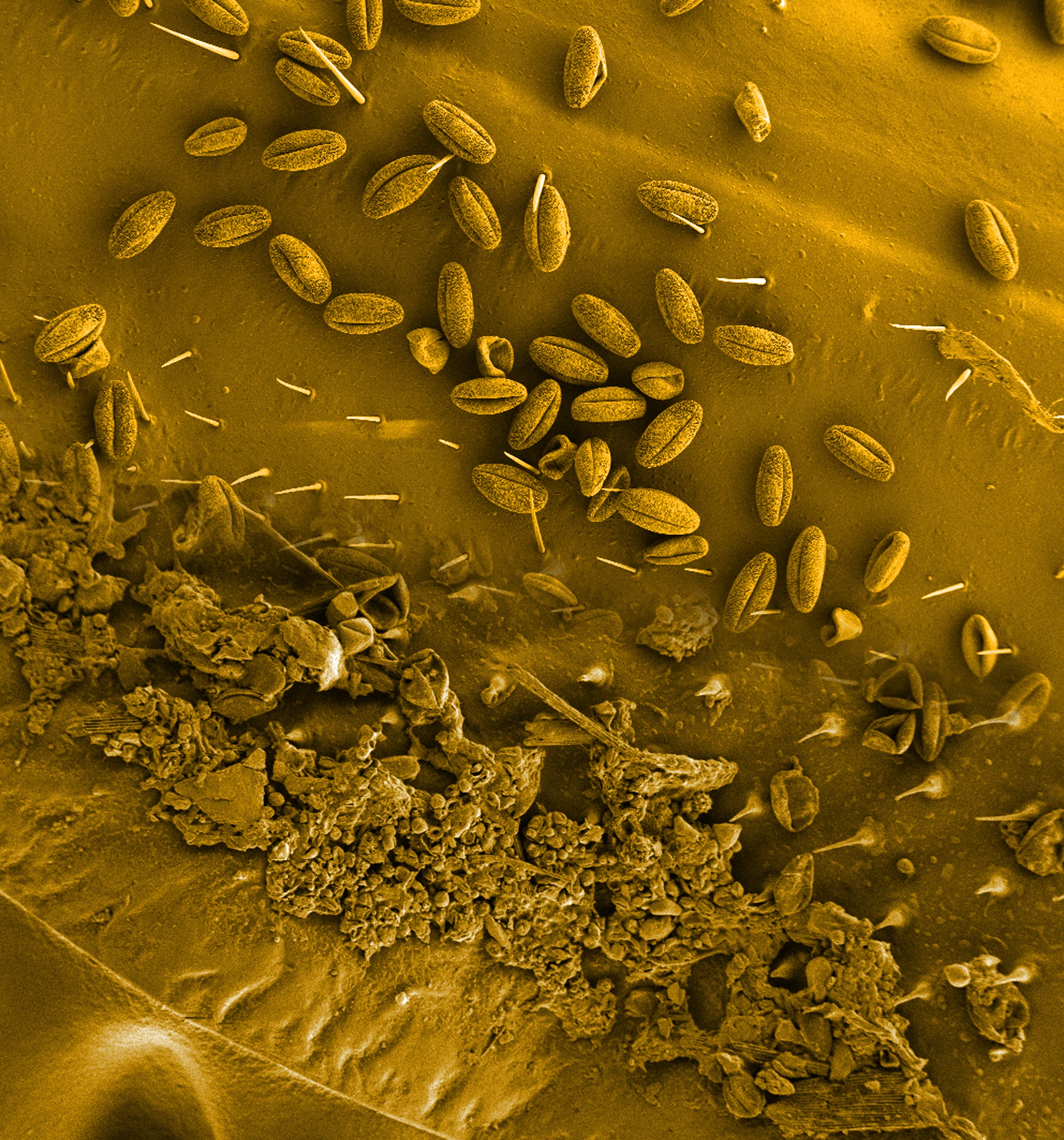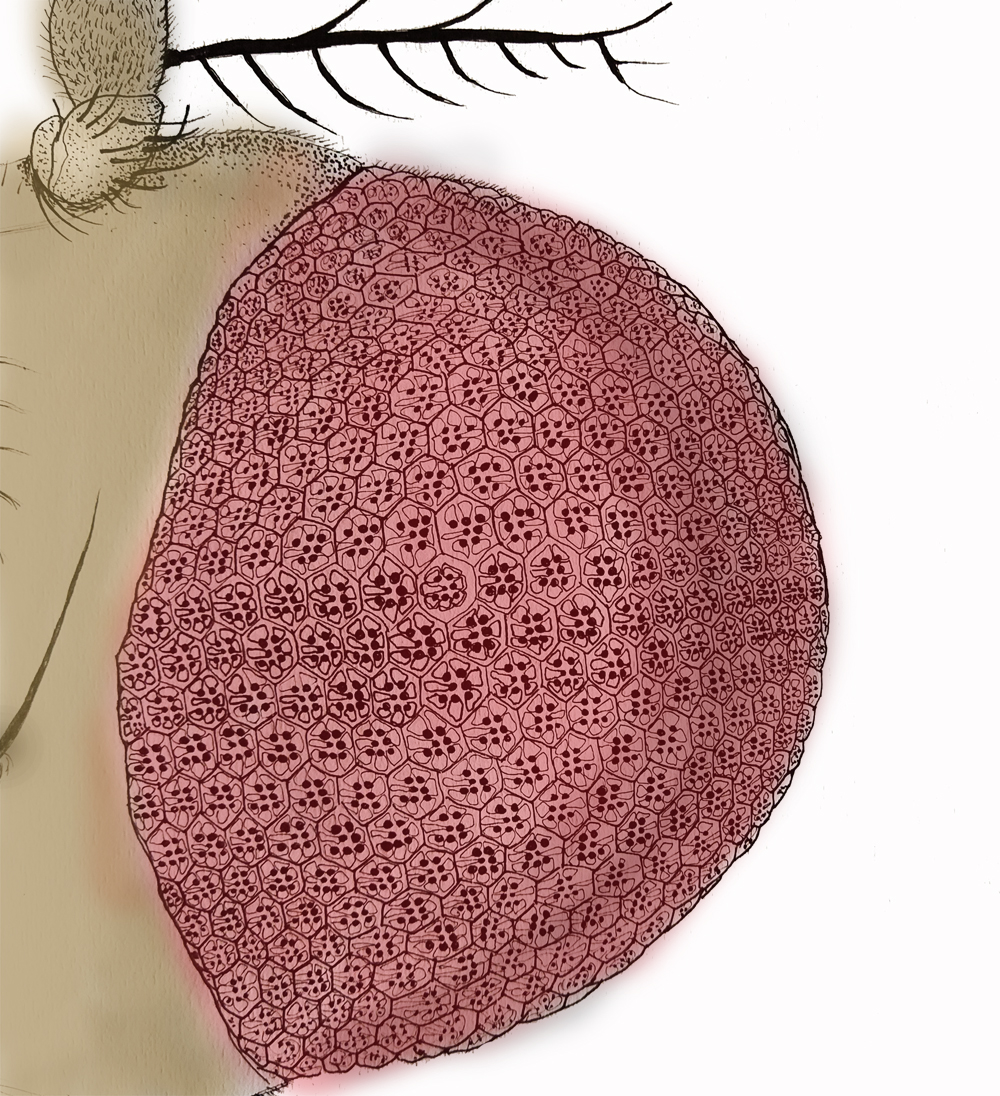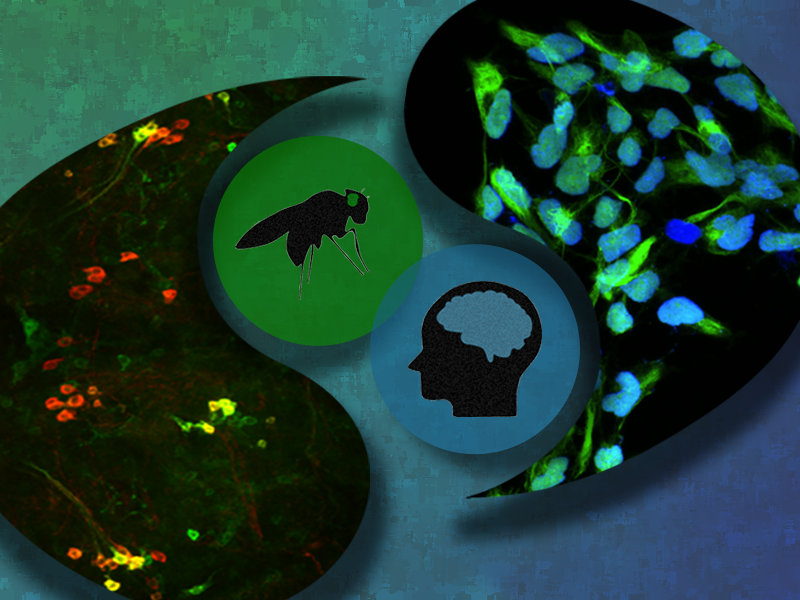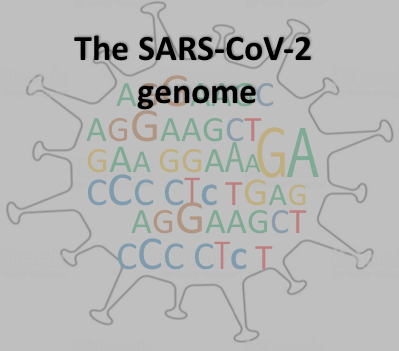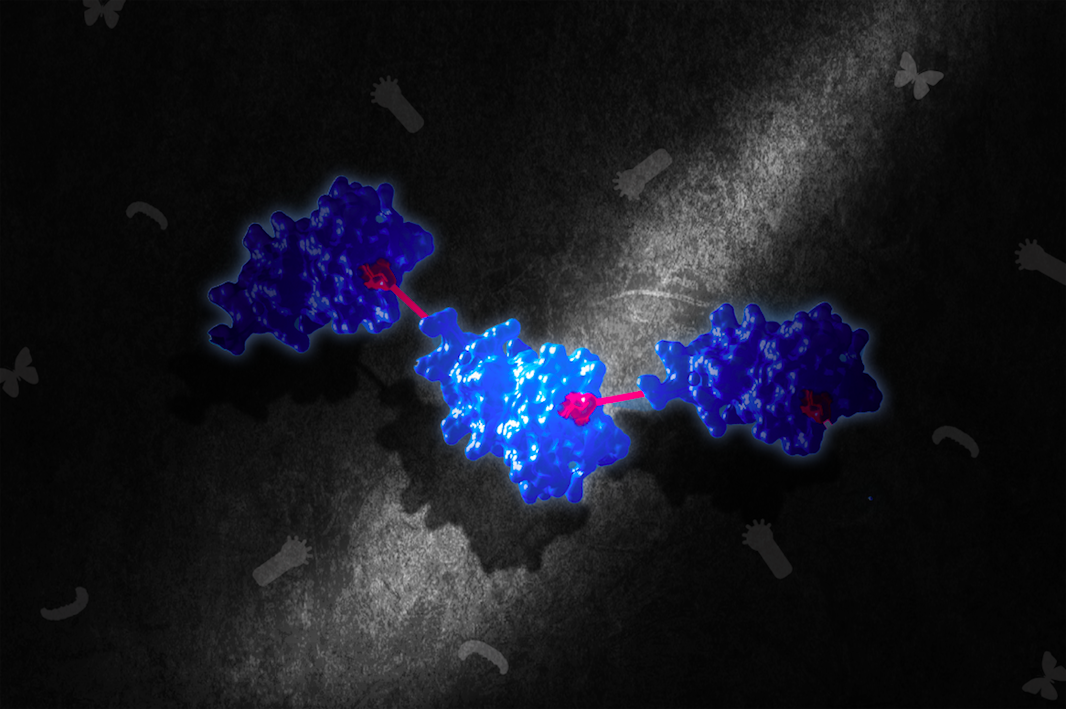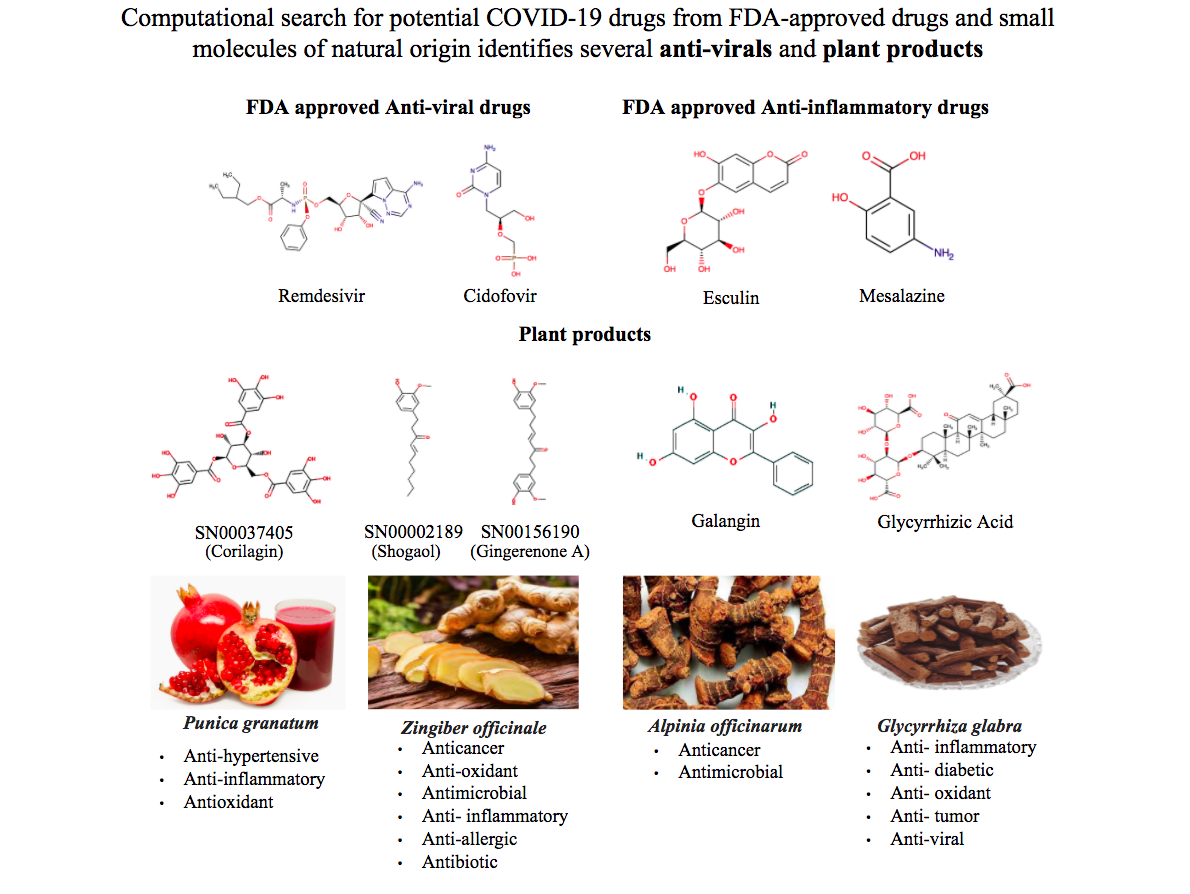-
Air pollution impacts the health of wild pollinators
Our air is the one thing that surrounds all of us. According to the World Health Organization (WHO), 9 of the world’s 10 most polluted cities are now in India. Yet, we have almost no idea how air pollution is affecting other organisms who breathe the same air as we do. In some of the first research in the world to try to address the physiological and molecular impacts of air pollution on our wild plants and animals, scientists from the Bangalore Life Science Cluster show that air pollution could be devastating for organisms we rely on most for our own survival – like the honey bee.
-
When close physical contacts are good, and guilt free
Image description: Line drawing of the Drosophila head showing the compound eye (pink). Individual repeating units of the compund eye are seen and individual cellular structures superimposed in each unit. Image credit: Dr. Deepti Trivedi.
Imagine diving into a eukaryotic cell.
-
Micromanaging calcium levels in neurons: From flies to humans
Calcium is as vital to neurons as musical notes are for a song. Levels of calcium oscillate like crescendos, regulating neuronal communication, function and survival. Also, much like cringing to wrong notes, calcium imbalance is seldom tolerated by neurons. In fact, derailed cellular calcium levels are a harbinger of certain neurodegenerative disorders in humans. Hence to regulate calcium traffic, neurons harbor vigilant protein passages and compartments.
-
SARS-CoV-2 genome sequencing effort
COVID-19 response by scientists at DBT-inStem and NCBS-TIFR, Bengaluru
-
An extra topping of Lysine and why it matters to Baculovirus Ubiquitins
Proteins often use Ubiquitin tags to be shuttled within cells or dispatched for degradation. Although small in demeanor, Ubiquitins are hugely influential.
-
Needle in a haystack: Computational search narrows down COVID-19 cure possibilities
Along with the those on the frontlines, thousands of researchers around the world are working to identify the right approach to tackling the COVID-19 pandemic from various angles and disciplines. The search for effective treatment options and vaccinations for the SARS-CoV-2 has occupied scientists and medical researchers in recent months in an unprecedented manner.
-
STRANGE BEDFELLOWS: HOW BUTTERFLY CATERPILLARS SUSTAIN THEIR ASSOCIATION WITH COCKTAIL ANTS
Advanced X-ray MicroCT technology offers unparalleled insights into the functional morphology of specialized organs that mediate interactions between butterfly caterpillars and their ant hosts
-
Tuberculosis: A mutiny against mycobacteria
Tuberculosis (TB), popularly known as the White Plague, is one of the world’s deadliest infections. ‘Consuming’ millions of lives, the disease owes its success to the fervent microbe, Mycobacterium tuberculosis (Mtb) that has been using every trick under its sleeve to outwit the host. Consequently, an understanding of host-microbe interactions has been of paramount importance to combat TB.
Dr. Varadharajan Sundaramurthy and his team of researchers from the National Centre for Biological Sciences have been making significant progress in this front.
-
The mechanism behind the Herpes virus Houdini act
Scientists from the National Centre for Biological Sciences (NCBS), Bangalore, have discovered how the Herpes virus escapes one of the defense mechanisms it encounters in its hosts. Cells infected by Herpes viruses bind the viral DNA with proteins called PML NBs (ProMyelocytic Leukemia protein Nuclear Bodies) to stop the production of viral proteins and stall virus reproduction. The viral DNA, however, escapes from its protein prison with the help of ICP0 (Infected Cell Polypeptide 0), a viral enzyme.
-
Interpreting the colours of damselflies darting by the campus pond
If you have spent some time by the pond near the main canteen on campus, you might have noticed tiny damselflies zipping along by the edge of the pond. Because they are so small, you have to look closely to see their beautiful, vivid reds and blues. What do these colours mean? Do they signal something, and to whom? As humans, we signal a lot with the colour of our clothes, and have the luxury of changing them at will. For most animals, colour is not really a behavioural choice, but reflects myriad selection pressures in their evolutionary history.


